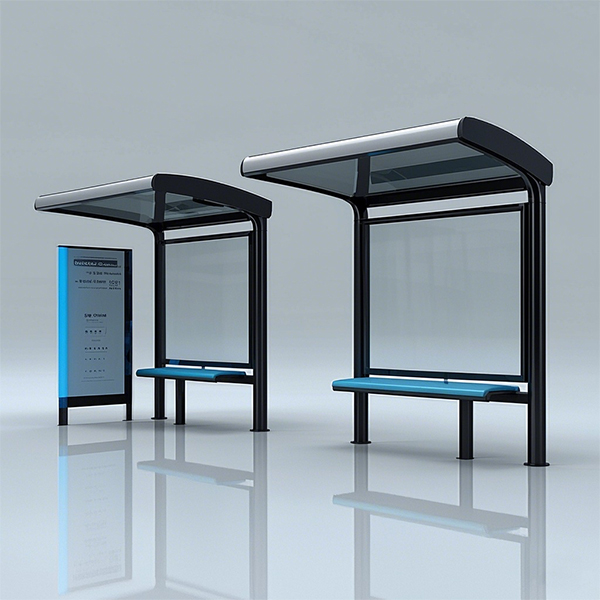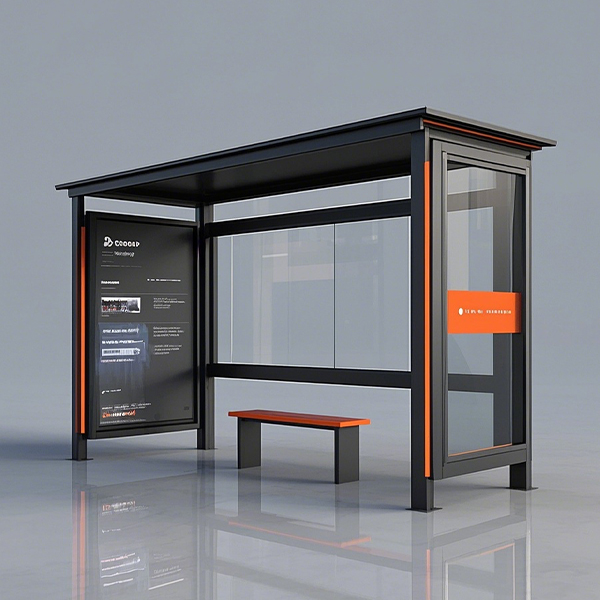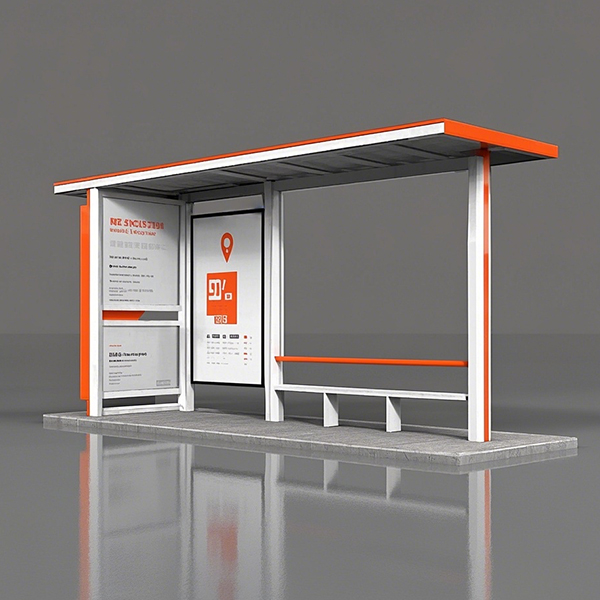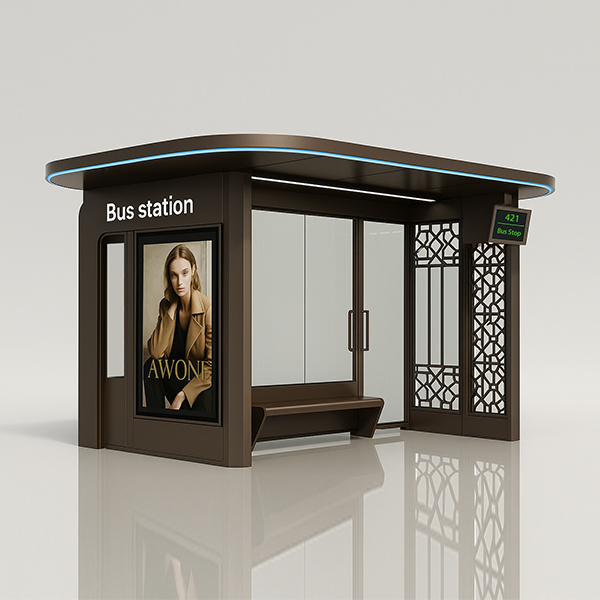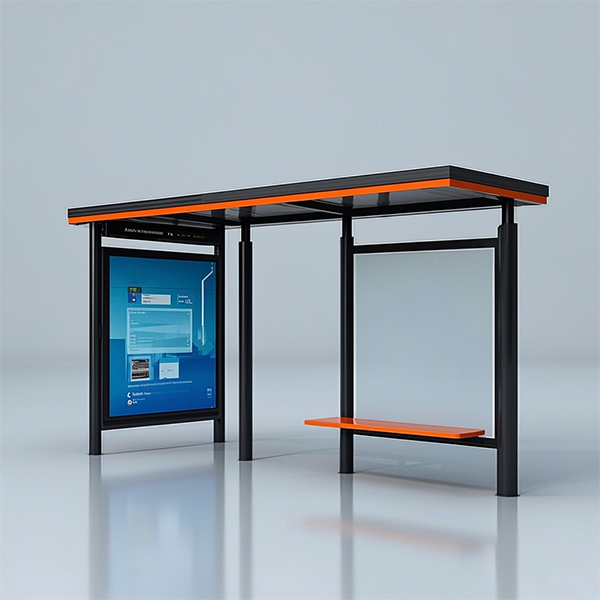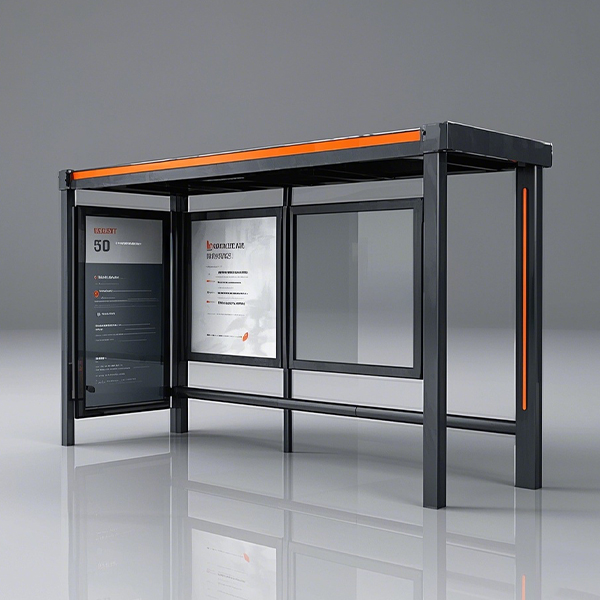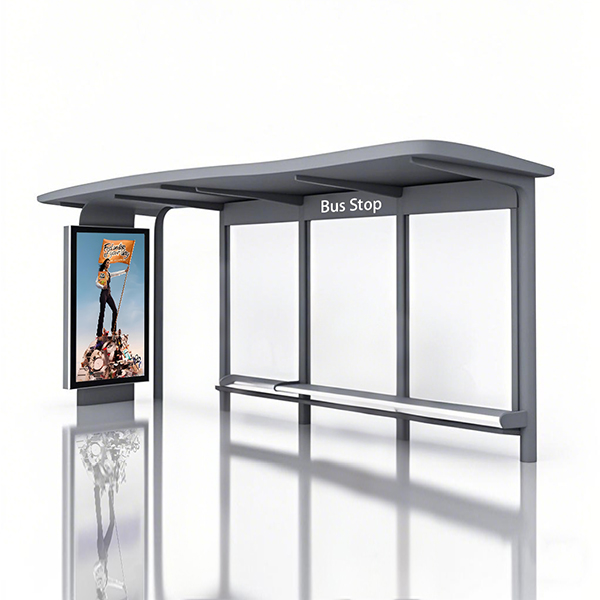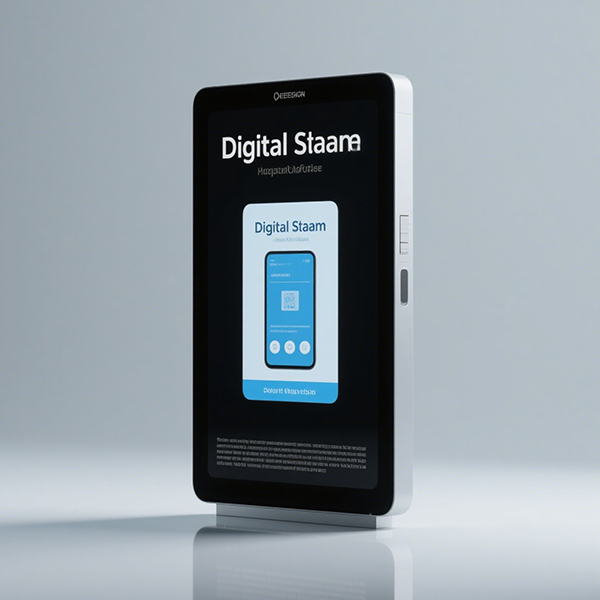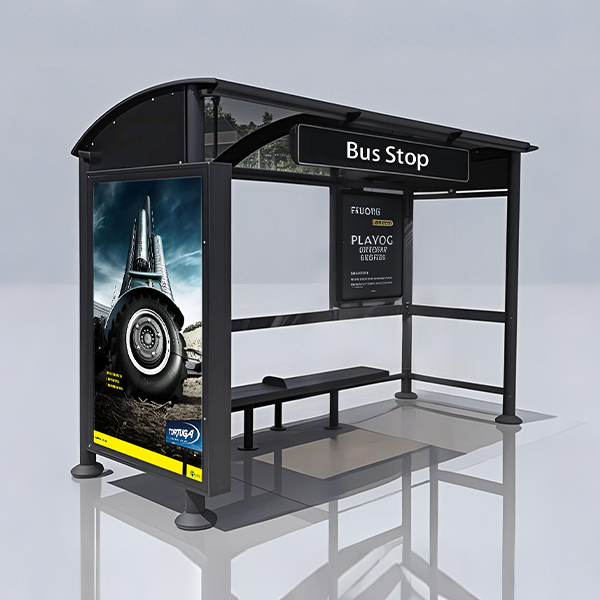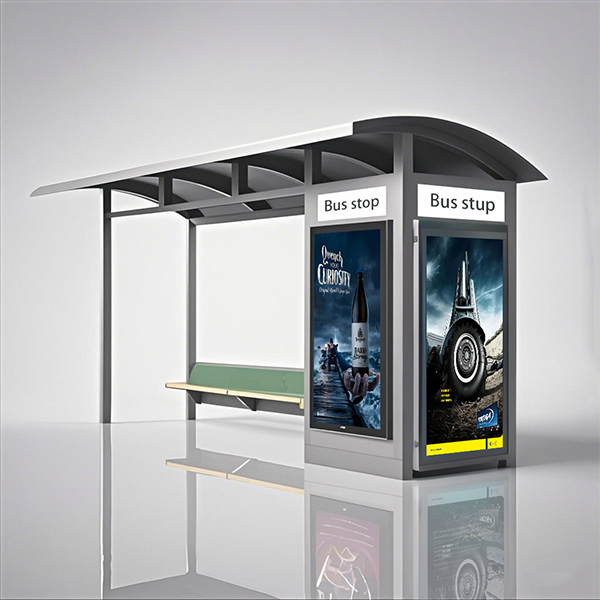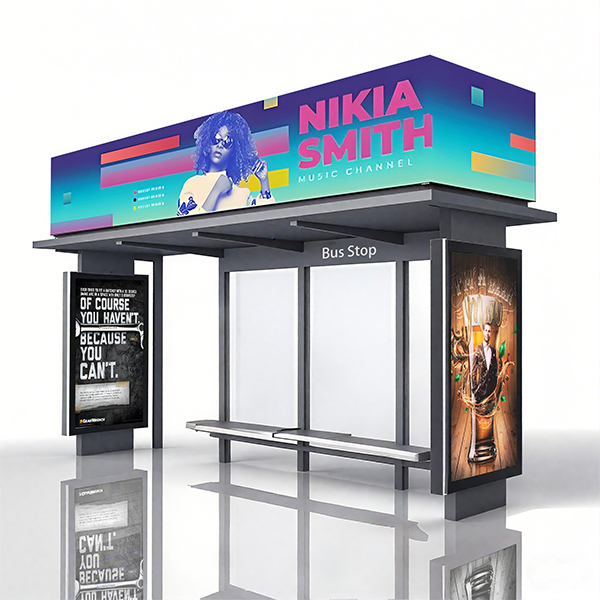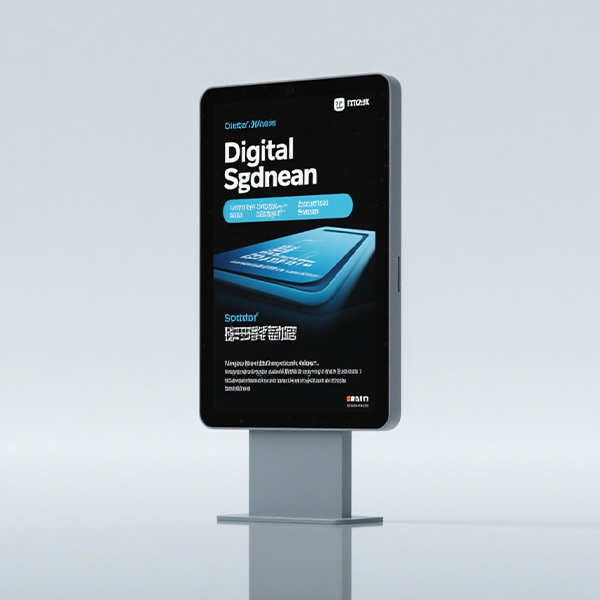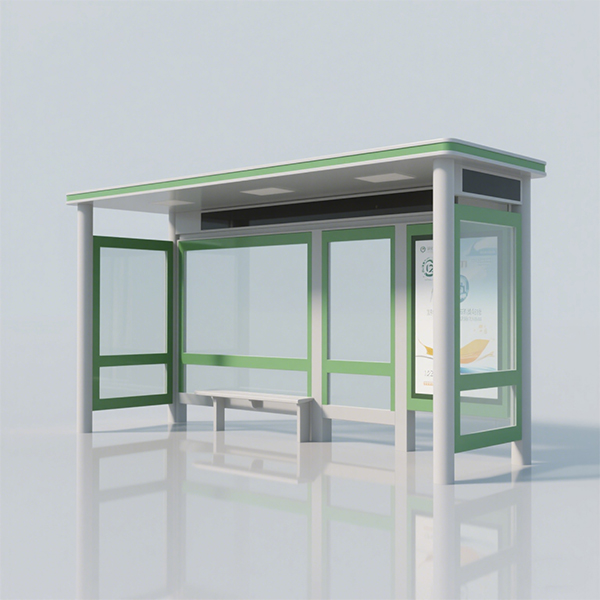
android digital signage
Choosing the right Android digital signage solution can significantly impact your business communication. This guide provides a comprehensive overview of the technology, helping you understand its capabilities, implementation, and best practices. We'll delve into the key considerations, from hardware selection to content management, equipping you to make informed decisions and maximize the effectiveness of your digital signage deployment.
Understanding Android Digital Signage
What is Android Digital Signage?
Android digital signage leverages the Android operating system to power digital displays, offering a flexible and cost-effective solution for businesses of all sizes. Unlike traditional static signage, Android digital signage allows for dynamic content updates, including images, videos, and interactive elements. This dynamic approach enables businesses to engage customers more effectively, showcase promotions, and enhance overall brand messaging.
Benefits of Using Android Digital Signage
Android digital signage offers numerous advantages over traditional signage methods. These include:
- Cost-effectiveness: Android-based players are often more affordable than dedicated digital signage solutions.
- Flexibility and Scalability: Easily manage and update content across multiple screens from a central location.
- Enhanced Engagement: Dynamic content keeps audiences engaged and informed.
- Ease of Use: User-friendly interfaces simplify content creation and management.
- Wide Range of Applications: Suitable for various industries and environments, from retail and hospitality to corporate offices and education.
Choosing the Right Hardware
Selecting the Appropriate Display
The choice of display depends on your specific needs and environment. Consider factors such as screen size, resolution, brightness, and durability. High-brightness displays are crucial for environments with significant ambient light, such as retail stores. For outdoor installations, weatherproof displays are essential. A variety of screen sizes are available, ranging from smaller kiosk displays to large format video walls.
Choosing an Android Media Player
Android media players are the brains behind your Android digital signage system. Look for players with sufficient processing power, storage capacity, and connectivity options (e.g., Wi-Fi, Ethernet, HDMI). Consider features like remote management capabilities and support for various content formats.
Content Management and Creation
Creating Engaging Content
The success of your Android digital signage system depends on the quality of your content. Create visually appealing and informative content that aligns with your brand and target audience. Use a mix of media, including high-quality images, videos, and animations. Keep your messages concise and impactful. Consider incorporating interactive elements, such as polls or quizzes, to enhance engagement.
Content Management Systems (CMS)
A robust CMS simplifies the process of creating, scheduling, and deploying content across multiple screens. Many Android digital signage solutions integrate with cloud-based CMS platforms, allowing you to manage content remotely. Features to look for in a CMS include user-friendly interfaces, scheduling capabilities, and analytics dashboards.
Deployment and Maintenance
Installing Your Digital Signage Network
Installation is generally straightforward, involving mounting the displays, connecting the media players, and configuring the network. For larger deployments, professional installation services are recommended. Ensure reliable network connectivity for smooth content delivery and remote management.
Maintaining Your Digital Signage System
Regular maintenance is vital for optimal performance. This includes monitoring the health of the media players, updating the software, and ensuring content is up-to-date and relevant. Proactive maintenance prevents downtime and ensures the longevity of your investment.
Case Studies and Examples
Example 1: Retail Application
A clothing retailer uses Android digital signage to showcase new arrivals, promote sales, and display visually appealing product imagery. They leverage a cloud-based CMS to easily update content across multiple store locations. This approach increases brand consistency and improves customer engagement.
Example 2: Corporate Application
A large corporation uses Android digital signage to display internal communications, company news, and employee recognition messages across its office spaces. This improves internal communication and strengthens employee morale. The system is managed centrally, simplifying content distribution across various departments.
Conclusion
Android digital signage offers a powerful and versatile solution for businesses seeking to enhance communication and engage their audiences. By carefully considering hardware selection, content creation, and deployment strategies, you can create a highly effective digital signage system that delivers a strong return on investment. For more information on implementing a comprehensive digital signage solution tailored to your specific needs, visit Shandong Luyi Public Facilities Co., Ltd.
Соответствующая продукция
Соответствующая продукция







